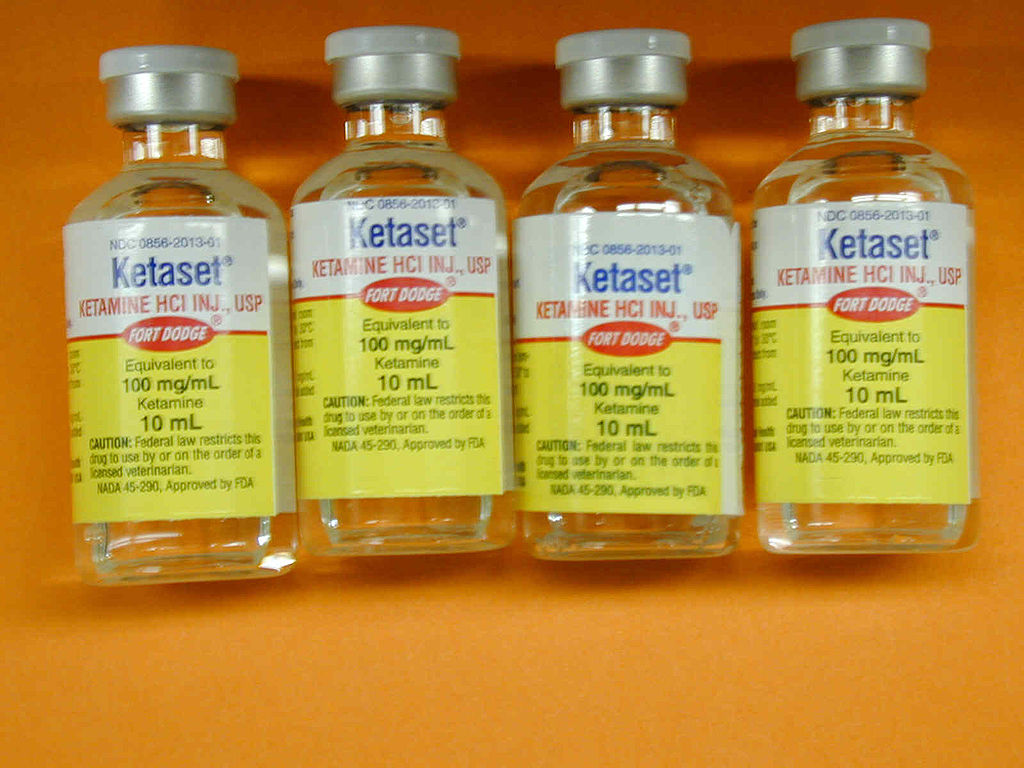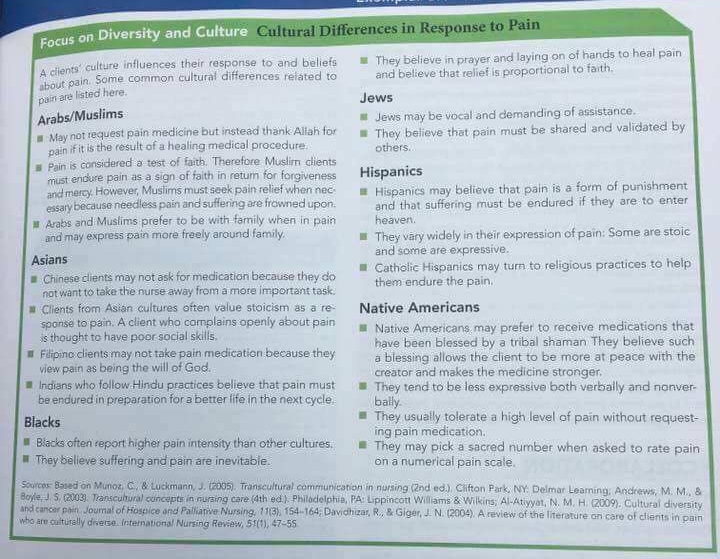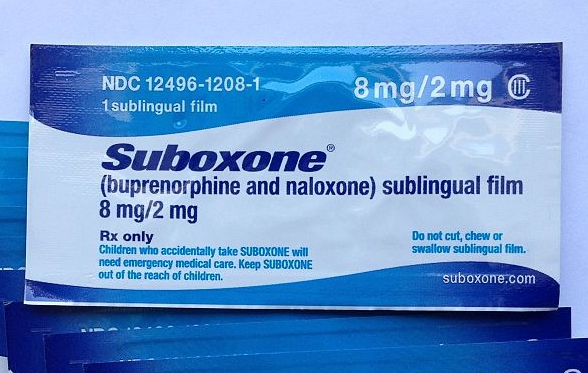4 Infusions That Can Help Relieve Chronic Pain
/By Barby Ingle, Columnist
I am so excited to finally be to my favorite letter – "I" -- in my series on alternative pain treatments. The “I” stands for infusions.
There are many different types of infusions, but the four I will cover are ketamine, immunoglobulins, lidocaine and stem cells. I have done 3 of the 4, and one of my good friends has done the fourth with great success. So I feel comfortable sharing what I know about infusions based on my personal health journey.
Ketamine
I was afraid of ketamine when I first heard about it. Ketamine was created in 1962, when it was first synthesized by scientist Calvin Stevens at the Parke Davis Laboratories. Ketamine is a potent anesthetic that blocks pain by acting as a N-methyl-D-aspartate (NMDA) receptor antagonist. It can also reset glia nerve cells in the spine and brain.
Ketamine is not appropriate for everyone. For me, I saw it as a chance to reverse the Reflex Sympathetic Dystrophy (RSD) that I had been living with since 2002. My excitement was great, along with my family’s. My regular treating doctors were not so optimistic about ketamine, but were not discouraging it either.
I began receiving ketamine infusions in 2009. They put me into remission and I continue with booster therapy as needed. I still have flares, but ketamine got me through the biggest challenges of living with RSD. Here is a video of me after my initial infusion treatments, which many find motivational.
Before I started getting ketamine infusions, they wanted me off opioids completely so that my nervous system would reboot better. Research showed that ketamine patients on opioids were not getting the same good results as people who stopped taking them. Since then, I have also learned that opioids also set off glia cells, which is not a good thing for nerve pain patients.
Immunoglobulins
Intravenous Immunoglobulin – known as IVIg -- is used to treat various autoimmune, infectious and idiopathic diseases. One of my best friends, who has multifocal motor neuropathy, uses it to stay functional.
I have not had IVIg yet, but if ketamine didn’t work for me, I would give it a try, insurance permitting. The cost per treatment is between $5,000 and $10,000, so for many it is not an option.
If you have the cash, the FDA has approved IVIg for graft disease and idiopathic thrombocytopenic purpura (ITP). It is also used to treat patients with Kawasaki disease, Guillain-Barre syndrome, and polymyositis/dermatomyositis. I know a number of people who have used it for RSD.
One of the complaints I have heard from friends who use IVIg is that it takes time before your feel any benefits – sometimes days or weeks. If it is a viable treatment for you, there should be some changes in your symptoms and pain levels within 4 weeks.
However, some people do not respond to IVIg and it is very expensive to try just to see what happens. The cost is high because immunoglobulin products come from the pooled human plasma of a thousand or more blood donors, who have to go through an extraction process themselves before it can be processed and ready for use in infusions.
Stem Cells
Stem cell research could pave the way for an entirely new approach to chronic pain that reduces the current reliance on opioids and other analgesics.
I tried two rounds of stem cell infusions for gastroparesis, intestinal ischemia, heart valve dysfunction, cardiac ischemia, and temporomandibular joint disorder (TMJD).
The infusions reversed my gastrointestinal issues within 24 hours and my heart issues in 7 days, but it took longer for my TMJD to feel any relief. I did get some, just not as much as the other areas of my body. I also got improved function in my ovaries, with an increase in estrogen production I did not have before stem cell therapy.
The providers I worked with said it would take 6 to 8 rounds of stem cell infusions to help my nerve pain. I don’t have the money for that, so I stopped after two treatments.
Stem cell studies I have seen show great promise for multiple sclerosis patients, and I will be watching closely to see if it works for RSD and other neuro-autoimmune diseases. Stem cells could also be used as a tool to reverse opioid tolerance and opioid-induced hyperalgesia, two problematic side effects of opioid therapy.
Lidocaine
Although my providers told me that lidocaine infusions are practically pain free, I can tell you they are not. The lidocaine infusions I was given were in conjunction with my stem cell therapy. I felt everything and came away feeling that lidocaine was not a good option for me.
My step sister did have good results from her 7-day infusions of lidocaine, so it goes to show that you have to check to see what works best for you.
Lidocaine is an amide anesthetic and has a wide range of mechanisms of action. Research has shown that lidocaine, when given in a low dose intravenous infusion, has successfully provided pain relief for several chronic pain conditions that have failed other treatment modalities. A recent study in Pain Medicine found that lidocaine provided pain relief to 41 percent of patients, most of whom had neuropathic pain.
According to providers at Stanford University, the success of lidocaine infusion is dependent on the specific cause of your pain. Some patients report immediate and long lasting pain relief, while others say relief came slowly and only lasted while the medication is being infused. Some patients also report unpleasant side effects.
The only adverse reaction I had – besides the fact it didn’t work for me – is that the infusion itself was extremely painful. Physicians have no way of knowing how you’ll react until you try it. By the time I was begging for help during the infusion, it was too late.
PNN columnist Crystal Lindell has been getting lidocaine infusions and they’ve helped Crystal reduce her use of painkillers. A recent study in Pain Medicine found that lidocaine provided long-lasting pain relief in 41 percent of patients, most of whom had neuropathic pain.
I would be glad to share more of my experiences with infusions for anyone who has questions from the patient perspective. I would also love to hear your stories about infusions and whether they worked for you.
Barby Ingle lives with reflex sympathetic dystrophy (RSD), migralepsy and endometriosis. Barby is a chronic pain educator, patient advocate, and president of the International Pain Foundation. She is also a motivational speaker and best-selling author on pain topics.
More information about Barby can be found at her website.
The information in this column should not be considered as professional medical advice, diagnosis or treatment. It is for informational purposes only and represents the author’s opinions alone. It does not inherently express or reflect the views, opinions and/or positions of Pain News Network.





































